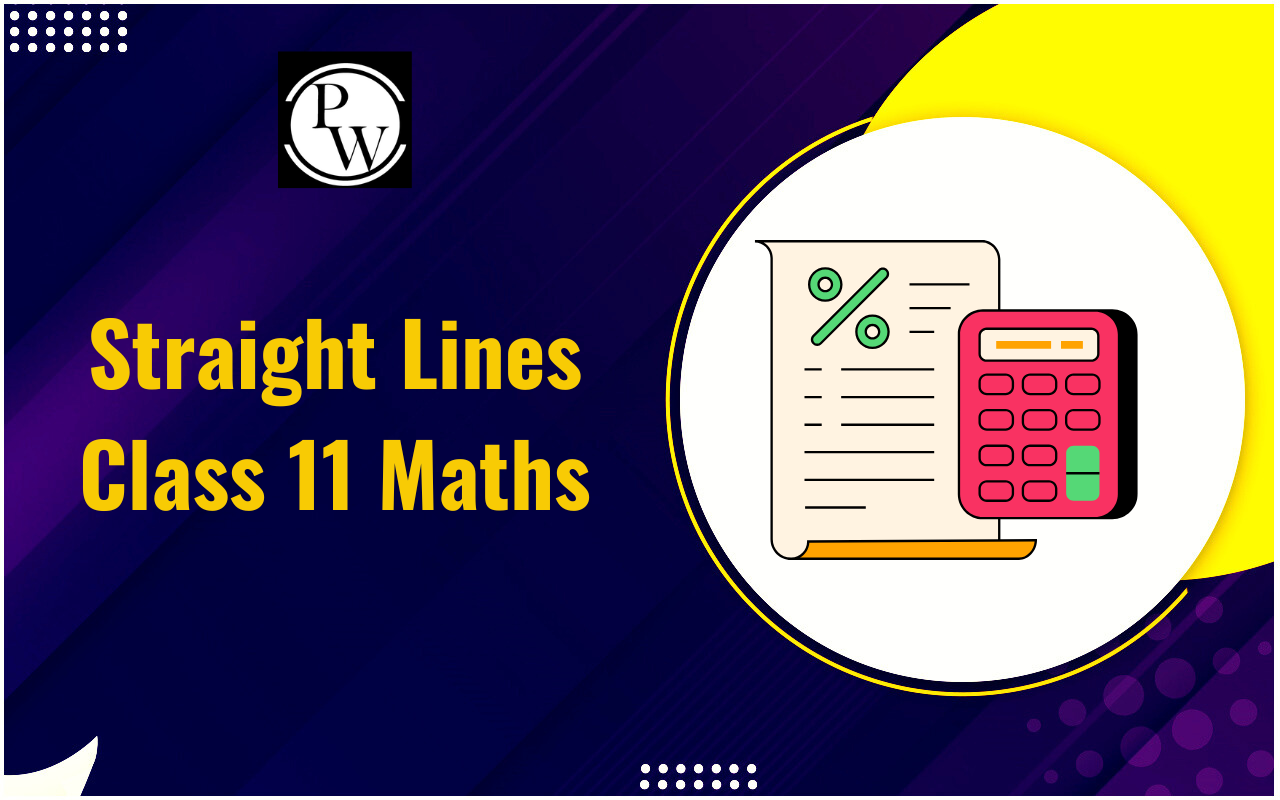
The demand curve and the Law of Demand are foundational concepts in economics that illustrate how consumers respond to price changes. According to the Law of Demand, as the price of a good increases, the quantity demanded decreases, and vice versa, assuming all other factors remain unchanged (ceteris paribus). This principle is graphically represented by the demand curve, which slopes downwards from left to right on a graph where price is plotted on the vertical axis and quantity demanded on the horizontal axis.
Understanding the demand curve helps economists and businesses predict consumer behaviour, plan production levels, and set prices to maximise profitability and efficiency. These concepts are essential for analysing market dynamics, making informed business decisions, and assessing the impact of economic policies on consumer choices and market outcomes.What is Demand Curve?
A demand curve in economics is a visual representation that depicts the relationship between the price of a particular good or service and the quantity demanded by consumers. It illustrates the fundamental principle of the Law of Demand, which states that as the price of a product rises, the quantity demanded by consumers tends to decrease. Conversely, as the price falls, the quantity demanded increases, assuming all other factors remain constant. Typically plotted on a graph with price on the vertical axis and quantity on the horizontal axis, the demand curve slopes downwards from left to right, reflecting this inverse relationship. This graphical tool helps economists and businesses understand consumer behaviour and predict how price changes affect market demand for a product or service.What is the Law of Demand?
The law of demand is a fundamental concept in economics. It states that all other factors are equal (ceteris paribus), and there is an inverse relationship between the price of a good and the quantity demanded. Simply put, as the price rises, demand decreases, and as the price falls, demand increases. This principle, often paired with the law of supply, helps determine efficient resource allocation and the optimal quantity and price of goods in markets. Consumer preference theory plays a crucial role in understanding how consumers choose among different goods, considering their budget constraints and the prices of goods available in the market. This theory finds its best explanation in microeconomics through demand functions derived from indifference curves depicting consumer preferences.| Also Read | |
| Short Run Supply Curve of a Firm | Marginal Propensity to Consume |
| Market Supply Curve: Definition, How It Works, and Example | How to Calculate Variable Cost? Formula, Definition, Example |
Analysis of Law of Demand
The Law of Demand is a foundational principle in economics that explores the relationship between the price of a good or service and the quantity demanded by consumers. Here's an analysis of this important economic concept:Understanding the Law of Demand
- Inverse Relationship : The Law of Demand asserts that, ceteris paribus (all other factors remaining constant), when the price of a good rises, the quantity demanded decreases. Conversely, when the price falls, the quantity demanded increases. This relationship is illustrated by a downward-sloping demand curve on a graph.
- Utility and Marginal Benefit : Consumers typically perceive a lower marginal benefit or utility from purchasing additional units of the good at higher prices. As prices decrease, the marginal benefit increases, leading to higher demand as consumers are willing to buy more.
- Income Effect : Changes in the price of a good can affect consumers' real income. When prices rise, consumers may feel relatively poorer, reducing their purchasing power and thus demand for the good. Conversely, lower prices increase consumers' purchasing power, leading to higher demand.
- Substitution Effect : When the price of a good increases, consumers often switch to cheaper alternatives. This substitution effect reinforces the inverse relationship between price and quantity demanded.
Practical Implications
- Market Dynamics : Understanding the Law of Demand helps businesses and policymakers predict consumer behaviour in response to price changes. It informs pricing strategies, production decisions, and market forecasting.
- Policy Formulation : Governments and regulatory bodies use the Law of Demand to assess the impact of policies such as taxes, subsidies, and price controls on consumer behaviour and market outcomes.
- Market Efficiency : Efficient resource allocation relies on balancing supply and demand. The Law of Demand and Supply guides markets toward equilibrium prices where quantity supplied equals quantity demanded.
Factors Affecting Demand
Demand represents the goods expected to be purchased to fulfil consumer needs. Several factors influence demand:- Price : Price is often the most significant determinant of demand. As prices rise, demand typically falls. Price elasticity of demand measures how responsive demand is to price changes: higher prices usually reduce demand, while lower prices tend to increase it.
- Consumer Income : Consumers with higher incomes can generally afford more goods and services, leading to increased demand.
- Consumer Preferences : Consumer tastes and preferences can change frequently, affecting what products they find desirable. Trends and fads influence demand.
- Expectations of Future Prices : Anticipated future price changes can influence current demand. If consumers expect prices to rise, current demand may increase.
- Prices of Related Goods : The prices of substitute and complementary goods can affect demand. For instance, increasing the price of a complement typically reduces demand for a product.
- Population Size : Changes in the size of the population can impact demand. Growing populations generally shift the demand curve to the right, indicating increased demand, whereas declining populations shift it to the left, signalling decreased demand.
Exceptions to the Law of Demand
The Law of Demand states that all else being equal, as the price of a good or service increases, the quantity demanded decreases, and vice versa. However, there are certain exceptions or situations where this law may not hold or where demand behaves differently than expected:- Veblen Goods : These are luxury goods or status symbols that people demand more as their prices rise because they are perceived as prestigious or exclusive.
- Giffen Goods : Giffen goods are inferior, and an increase in price leads to increased demand. This phenomenon typically occurs when the good is a staple or necessity for a population with very limited income.
- Expectations of Future Price Changes : Anticipated future price changes can influence current demand. For example, consumers may buy more of a good now if they expect its price to increase in the future.
- Complementary Goods in Consumption : An increase in the price of one good may lead to an increase in demand for its complementary good. For instance, if the price of coffee increases, demand for creamer (a complementary good) might also increase as people continue to consume coffee but adjust their spending on related items.
- Speculative Demand : In financial markets, the demand for certain assets (like stocks or cryptocurrencies) can increase as their prices rise, driven by speculative expectations of further price increases rather than intrinsic value or utility.
- Emergency or Urgency : Demand for certain goods may increase regardless of price changes due to immediate need during emergencies or urgent situations, such as natural disasters or medical emergencies.
Begin your journey towards academic excellence in Commerce with our comprehensive
Class 11 Commerce courses
. Master the CBSE syllabus with expert guidance and ace your exams. Enroll now!”
Demand Curve and the Law of Demand FAQs
What is the law that defines the demand curve?
The demand curve is defined by the Law of Demand, which states that as the price of a good or service increases, the quantity demanded decreases, assuming all other factors remain constant (ceteris paribus). This principle inherently leads to downward-sloping demand curves.
Why is it called the law of demand?
The Law of Demand earns its name because it consistently demonstrates that, when other factors are unchanged, consumers demand less of a product as its price rises and more as its price falls. This observed behaviour has been repeatedly validated in economic studies and real-world scenarios.
What is meant by the law of demand?
The Law of Demand, a cornerstone of economic theory, asserts that consumers will demand less of a good or service when its price increases and more when its price decreases, assuming other factors influencing demand remain constant.
Talk to a counsellorHave doubts? Our support team will be happy to assist you!

Check out these Related Articles
Free Learning Resources
PW Books
Notes (Class 10-12)
PW Study Materials
Notes (Class 6-9)
Ncert Solutions
Govt Exams
Class 6th to 12th Online Courses
Govt Job Exams Courses
UPSC Coaching
Defence Exam Coaching
Gate Exam Coaching
Other Exams
Know about Physics Wallah
Physics Wallah is an Indian edtech platform that provides accessible & comprehensive learning experiences to students from Class 6th to postgraduate level. We also provide extensive NCERT solutions, sample paper, NEET, JEE Mains, BITSAT previous year papers & more such resources to students. Physics Wallah also caters to over 3.5 million registered students and over 78 lakh+ Youtube subscribers with 4.8 rating on its app.
We Stand Out because
We provide students with intensive courses with India’s qualified & experienced faculties & mentors. PW strives to make the learning experience comprehensive and accessible for students of all sections of society. We believe in empowering every single student who couldn't dream of a good career in engineering and medical field earlier.
Our Key Focus Areas
Physics Wallah's main focus is to make the learning experience as economical as possible for all students. With our affordable courses like Lakshya, Udaan and Arjuna and many others, we have been able to provide a platform for lakhs of aspirants. From providing Chemistry, Maths, Physics formula to giving e-books of eminent authors like RD Sharma, RS Aggarwal and Lakhmir Singh, PW focuses on every single student's need for preparation.
What Makes Us Different
Physics Wallah strives to develop a comprehensive pedagogical structure for students, where they get a state-of-the-art learning experience with study material and resources. Apart from catering students preparing for JEE Mains and NEET, PW also provides study material for each state board like Uttar Pradesh, Bihar, and others
Copyright © 2025 Physicswallah Limited All rights reserved.
Get App









